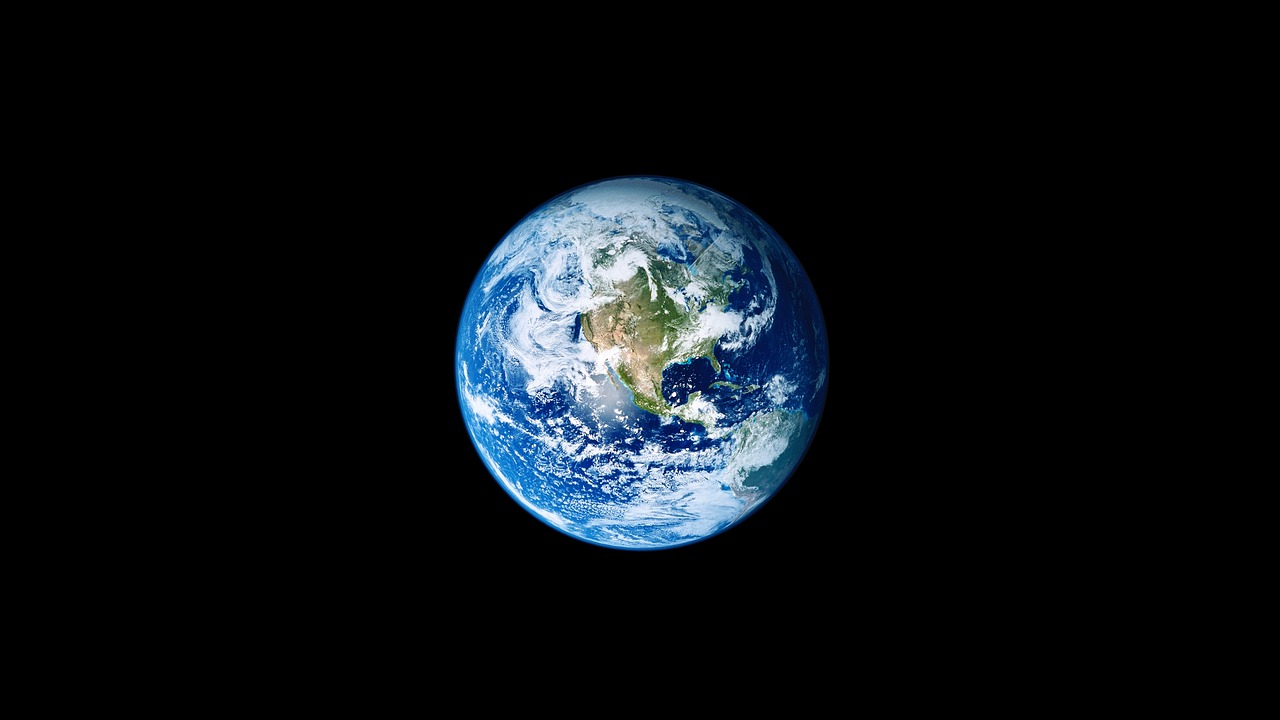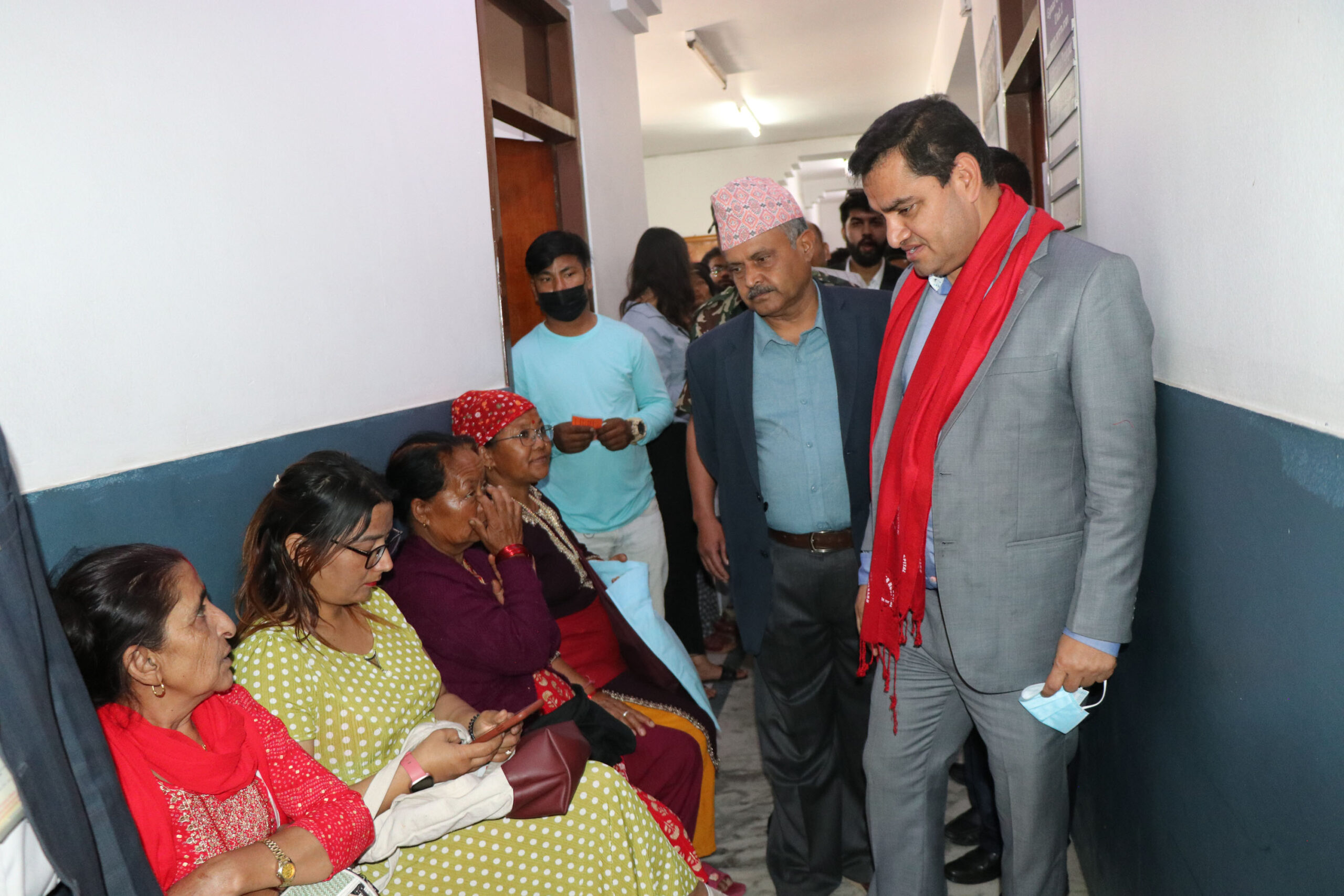Nobel introduces electrophysiology study & radiofrequency ablation for heart palpitations
With the introduction of electrophysiology studies and radiofrequency ablation services, there has been a rise in the number of cardiac patients in eastern Nepal.

KATHMANDU: The cardiology department at Nobel Medical College Teaching Hospital in Biratnagar has initiated long-term treatment for patients experiencing an elevated heart rate.
With the introduction of electrophysiology studies and radiofrequency ablation services, there has been a rise in the number of cardiac patients in eastern Nepal.
For patients dealing with persistent heart rate issues, the conventional approach involves prolonged medication.
However, if medications prove ineffective over time, radiofrequency ablation serves as an advanced treatment option. This availability of services brings added comfort to patients.
Why does the heart beat?
Senior Cardiologist Prof. Dr. Rajesh Nepal, the Head of the Cardiology Department, highlights the critical role of electrical waves in driving the heart’s functioning. The SA node, located in the upper part of the heart, initiates the electrical current responsible for heart movement. This current travels to the AV node, slightly above the heart’s lower part.
The electrical waves from the SA node prompt contraction in the upper heart, while waves from the AV node through the bundle of His to the bundle branches induce contraction in the lower heart. The SA node, functioning as the natural pacemaker, coordinates the heart’s movement through the SA node, AV node, and bundle branches.

However, disruptions, like a hidden path in the electrical current within or outside the AV node, can lead to improper flow, resulting in an increased heart rate and rapid heartbeat. Paroxysmal Supraventricular Tachycardia (PSVT) is a condition affecting the upper heart, causing dizziness, increased heart rate, and chest pain.
In Ventricular Tachycardia (VT), the lower heart beats excessively, compromising the blood flow it should deliver to the body. This can lead to unconsciousness and, in severe cases, death. Research indicates that approximately 10% of people worldwide have a concealed pathway in the congenital heart’s electrical wave flow, with some experiencing heart problems.

Intuitive treatment at Nobel
Testing and treatment services for such heart problems are available at Nobel. Electrophysiology study i.e. EP test facilitates the study of the problem by examining the heart and provides information about the patient’s condition.
Today’s mapping is available in Nobel, on the basis of which the working system can be studied based on the flow of electrical waves of the heart. After the disease is diagnosed, radiofrequency ablation technique is used to block the heart’s electrical current.
According to Prof. Dr. Nepal, this service is available in Gangalal Heart Disease Center and HAMS in Kathmandu, while it is only available in Nobel Medical College Teaching Hospital outside Kathmandu.
How is the secret path of the electric wave flow inside the closed heart?
Dr. Nepal says – ‘In radiofrequency ablation technique, a catheter (wire) is inserted through the vein of a person’s thigh and neck, and the electric wave that drives the heart reaches the secret path of the heart and suppresses it. This is a very reliable technique. There is no need to make the patient unconscious. The stay in the hospital is only for one day and after taking the medicine for a month, there is no need to take anything else.
Prof. Dr. Sahadev Dhungana, senior cardiologist said that medicine can also be utilized to treat disorders produced by electrical waves in the heart. In this approach, persons taking medicine should continue to take it for the rest of their lives, and if the medication’s efficacy wears out, radiofrequency ablation should be performed. He stated that this method has a success rate of 98%. It is very convenient for the patient since it is dependable, and the need to continue taking the drug and not miss it is also eliminated.

Senior electrophysiologist Dr. Roshan Raut emphasizes that the American College of Cardiology and the American Heart Association advocate radiofrequency ablation over medication for individuals facing recurring issues due to an anomalous electrical wave pathway affecting the heart’s function. This approach is deemed the appropriate treatment for such a condition.
How is the heart checked during EP lab?
“The examination of the method of heart function is crucial. Whether the heart is functioning correctly or not, and if there are any issues, the test reveals. Using a catheter inserted into the heart, electrical waves within the heart are studied with the aid of a device.
This technique helps identify abnormal electrical currents in the heart, leading to irregularities in the heartbeat. During radiofrequency ablation, the catheter assists in blocking the abnormal electrical impulses that generate irregular electrical flow in the heart.
In essence, it places a damper on the abnormal electrical currents, preventing the unauthorized electrical waves that disrupt the rhythmic flow of electrical waves responsible for the heart’s function.
After the electrophysiology study and radiofrequency ablation service became available, it became easier for patients with abnormal heartbeats to get treatment services at Nobel Teaching Hospital.
The fact that all types of specialized services are available under one roof has made Novel the choice of patients in Eastern Nepal.










